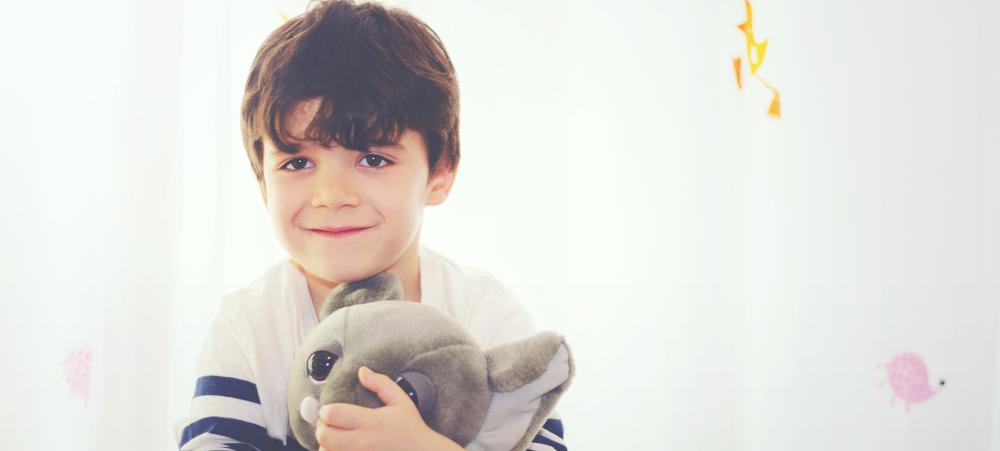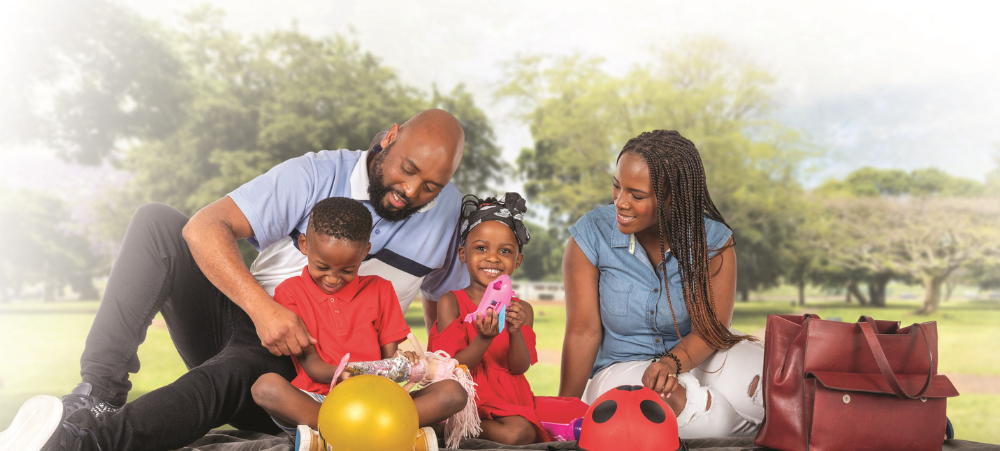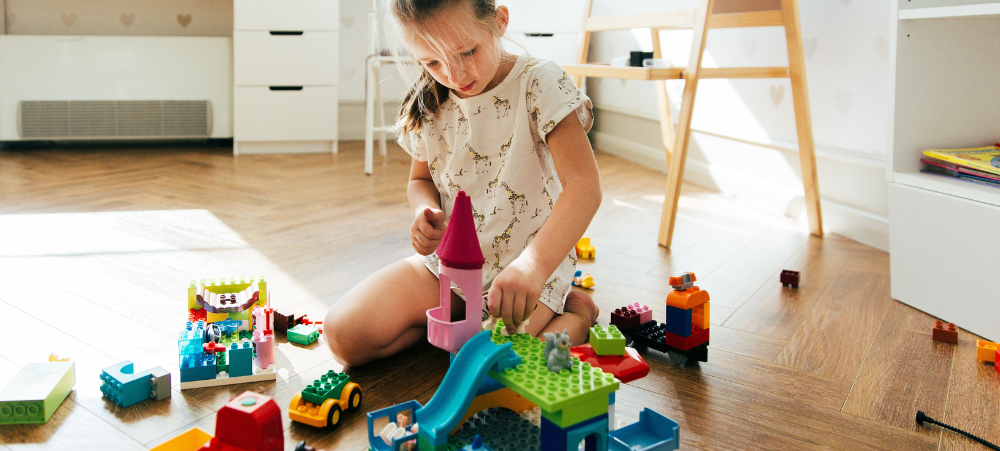
7 Ways to keep your hair hydrated and healthy this winter
Each season has its own set of unique challenges when it comes to our hair, but none are quite as harsh as winter. The drastic drop in humidity means the air will draw moisture from wherever it can – including your hair and skin – and icy temperatures outside can be particularly harsh on hair. Throw in some indoor heating and you’ll probably find your hair crying out for help. It’s common for all hair types and textures to experience breakage and split ends during winter. During this time you’ll need to take some extra precautions to protect your hair from the elements, keep it hydrated and give it that extra bit of nourishment to keep it looking its best. Try these simple tips to maintain your hair’s health and keep it looking great this winter. Choose moisturising ingredients When temperatures drop your hair will need extra moisturisation and the best way to achieve this is by using hair products rich in moisturising ingredients. Coconut oil is considered one of the best ingredients to moisturise and strengthen hair as it is naturally rich in antioxidants and fatty acids, making it a great ingredient to incorporate into your winter hair care regime. Try Two Oceans Coconut Oil & Argan Curl Quench Shampoo and Conditioner (R109.95 each) which contains Coconut Oil and Argan to moisturize, add luster and shine, soften hair and increase its strength and manageability. Commit to a weekly hair treatment A weekly hair mask or treatment has the ability to take hair from “good” to “great.” It helps replenish lost moisture, restore hair and prevent damage. Try Two Oceans Moroccan Argan Oil Intense Conditioning Mask (R99.95). This mask is an intensive treatment that may help improve the look and feel of dry, damaged hair. It’s a great addition to your winter hair care regime. Tackle frizz head-on We often associate frizz with high humidly and hot weather, but in reality it’s a very common problem in winter too. In fact, when humidity drops and the air becomes very dry, our hair is likely to get frizzy, dry and even unruly. If this sounds like you, we recommend switching over to a frizz control hair care range like the Two Oceans Castor Oil & Argan range. The Shampoo and Conditioner (R109.95 each) is infused with African Castor Oil that helps de-frizz hair and Argan Oil which is naturally rich in vitamin E, F, A & C, thereby increasing the hair’s moisture levels and making it less prone to frizz. Follow with Two Oceans Castor Oil & Argan Anti Frizz Serum (R109.95), which is naturally rich in antioxidants and deeply conditions and revives hair for superior frizz control and soft, glossy results. Never dry your hair without applying a heat protectant product If possible, try to cut back on heat styling during winter as heat combined with dryness is almost certain to lead to damage. However, if you can’t go without styling, or if you simply can’t bear to air dry your wet hair in the cold, be sure to apply a heat protector before blow-drying / styling. Two Oceans Moroccan Argan Oil Heat Defense Spray (R79.95) is infused with Keratin and Moroccan Argan Oil which is naturally rich in vitamin E, F, A & C and high in antioxidants. This heat defense spray helps to protect hair from damage when heat styling at temperatures up to 220˚C. It is suitable for all hair types and can be applied to wet or dry hair. Lock in moisture with a hair serum During winter we apply a richer night cream to our skin to boost its moisture levels while we sleep, and the same should be done for our hair in the form of a serum or oil. Two Oceans Moroccan Argan Oil Intense Hair Serum (R109.95) has a concentrated formula rich in Keratin and Moroccan Argan Oil which not only improves the look and feel of dry and damaged hair but it also nourishes hair to keep it healthy and shiny. Don’t go outside with wet hair Did you know that our hair is super vulnerable when it’s wet? In extremely cold temperatures wet hair can actually freeze outside. When you go outside with wet or damp hair you increase its risk of breaking, so it’s best to ensure your hair is 100% dry before heading outdoors. About Two Oceans Haircare Expertly formulated with Africa’s finest ingredients, the Two Oceans collection provides solution-focused products to treat all hair types. Offering a value range of 1L argan-infused products, as well as a professional range with more targeted formulations for colour treated hair to restore and maintain healthy colour and hair, the brand is vegan, uses up to 90% naturally derived ingredients in their products and offers clean formulations. Two Oceans Haircare is available at Dis-Chem, Pick n Pay, www.twooceanshaircare.com and Takealot. Learn more at: www.twooceanshaircare.com Follow Two Oceans Haircare on social media: Facebook: Two Oceans Hair Instagram: @twooceanshair


































